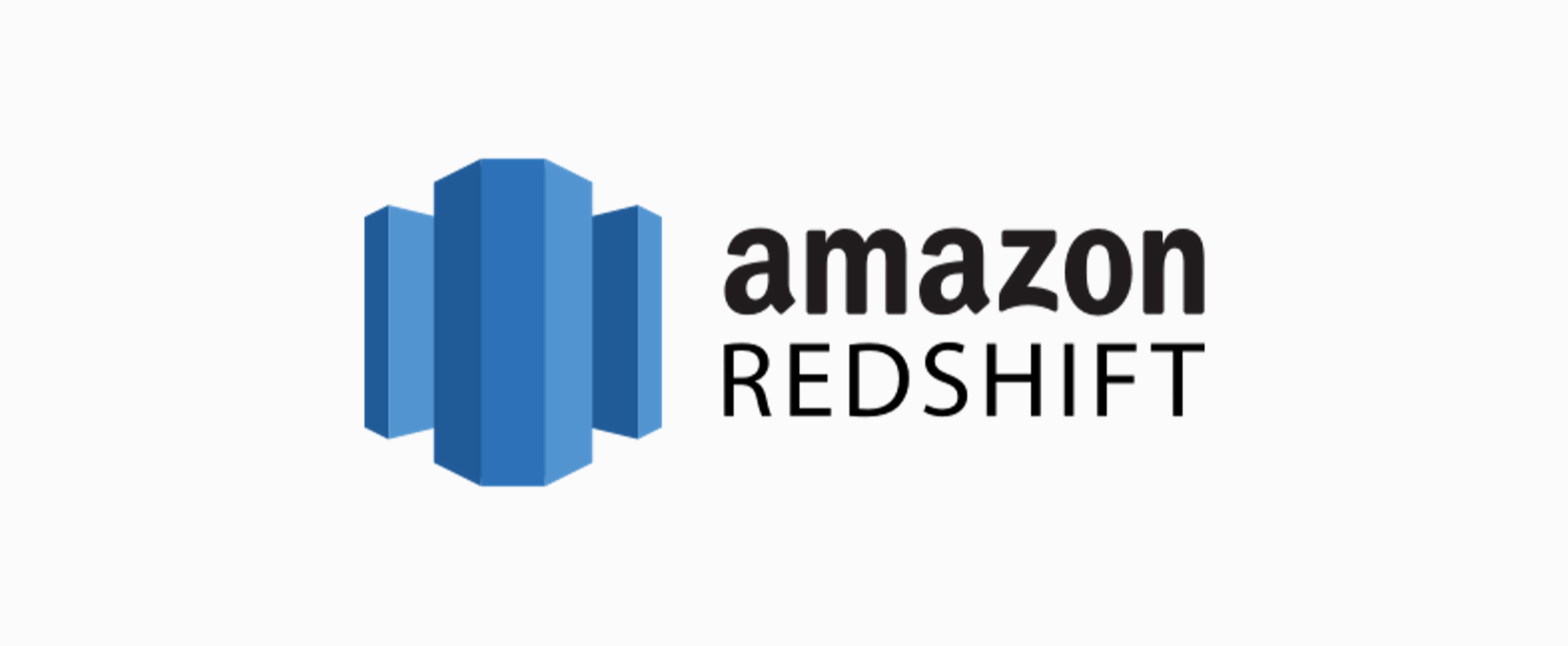Transactional systems and other relational databases typically feed data into data warehouses, and structured, semi-structured, and unstructured data often go into a data warehouse as well. A regular cadence is followed for processing, transforming, and ingesting this data. The data can be accessed by BI tools, SQL clients, and other tools by business analysts, data scientists, and decision-makers.
Data Warehouse as a Service
When we think about Data warehouses, it’s always about expensive dedicated hardware along with huge software licensing fees. You have to pay upfront for both the hardware and software along with the costs associated with setting up and installing them. This would require you to have DBA and networking teams in place to ensure smooth deployment and continuous maintenance.
Small enterprises cannot afford data warehouses, and lose the competitive edge vis a vis larger organizations.
For Larger Organizations, the challenges are different, while the average growth in enterprise data is at 50% year on year, data warehousing is not growing at the same pace. This results in a lot of data being left out of the Data Warehousing and Business Intelligence process.
Enter Amazon Redshift

Amazon Redshift is Data Warehousing on Cloud by Amazon Web Services. It is a fully managed, petabyte-scale data warehouse.
Amazon Redshift turns the Data Warehousing economics upside down. The best thing about Amazon Redshift is that you can provide it within minutes, doing away with the routine heavy lifting of setting up hardware and installing software to start using a data warehouse.
With Redshift, you do away with all the upfront investments required for hardware or software. It is a pay as you go service and is priced to analyze all your data. It is extremely fast and it is cheaper than most options available in the market today.
Redshift reduces I/O Operations
Redshift provides columnar data storage. With Columnar data storage, all values for a particular column are stored contiguously on the disk in sequential blocks.
As similar data is stored sequentially, Redshift compresses the data rather efficiently. Compression of data further reduces the amount of I/O required for queries.
Redshift is implemented using a Massively parallel processing architecture
Amazon Redshift has a Massively Parallel Processing Architecture. MPP enables Redshift to distribute and parallelize queries across multiple nodes. Apart from queries, the MPP architecture also enables parallel operations for data loads, backups and restores.
Redshift architecture is inherently parallel; there is no additional tuning or overheads for the distribution of loads for the end-users.
Redshift has security built-in
Amazon provides various security features for Redshift just like all other AWS services. Access Control can be maintained at the account level using IAM roles. For database level access control, you can define Redshift database groups and users and restrict access to specific databases and tables.
Redshift can be launched in Amazon VPC. You can define VPC security groups to restrict inbound access to your clusters.
Redshift allows Data Encryption for all data which is stored in the cluster as well as SSL encryption for data in transit.
Redshift Node Types
We offer different node types in Amazon Redshift to meet the diverse workload patterns of our clients, making it one of the fastest, fully managed, and most popular cloud data warehouses. AQUA (Advanced Query Accelerator), cross-cluster data sharing, and cross-Availability Zone cluster relocation are some of the advanced features of Amazon Redshift RA3 with managed storage. At the same time, you can scale and pay for computing and storage independently.
Many customers start with the RA3 instances, which are available in three-node sizes, as their default choice when using Amazon Redshift.
| Node size | vCPU | RAM (GiB) | Managed storage quota per node |
| ra3.xlplus | 4 | 32 | 32 TB |
| ra3.4xlarge | 12 | 96 | 128 TB |
| ra3.16xlarge | 48 | 384 | 128 TB |
Which warehouse is a good fit for your business?
Comparing these two data warehouse solutions further demonstrates how they are each suitable for different needs:
What features are bundled and what aren’t?
Using Redshift as a data warehouse, enterprise-level scalability is immediately possible. However, Snowflake’s split computation and storage and tiered editions ensure businesses can obtain just the features they require while preserving scalability.
Do you think JSON is a dealbreaker or not?
Snowflake’s support for JSON storage is better than Redshift’s. Snowflake provides native functions for storing and querying JSON with native support. JSON is split into strings when loaded into Redshift, making it harder to query and work with.
How many levels of security are enough, or is it just what you need?
Redshift’s encryption capabilities are deep, but Snowflake’s security and compliance features are tailored to each edition so your data is protected to the highest degree possible.
What methods should you use to manage your data?
For tasks that cannot be automated, such as data vacuuming and compression, Redshift requires more hands-on maintenance. The advantage of Snowflake in this regard is that it automates more of these issues, making it easier to diagnose and resolve issues.
Think about how optimized you would like your data warehouse to be. You can gauge the pros and cons of these features by comparing them with your data strategy.























